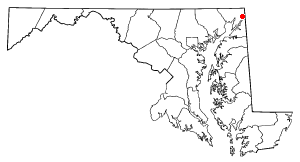Chapter 38: 382-390
Contents
Page 382
Musketoon
The musketoon is a shorter barrelled version of the musket, and served in the roles of a shotgun or carbine. Musketoons could be of the same caliber as the issue musket, or of a much larger caliber, 1.0-2.5 inches (25-63 mm). The musketoon is most commonly associated with naval use, and pirates in particular, though they also served in a carbine role with cavalry. Musketoon barrels were often flared at the muzzle, resembling a cannon or blunderbuss. From WIKI
Page 383
Beaver Bourguigon
Would be a stew using Beaver meat and red wine (classically Burgundy), along with classic French aromatic veggies like onion, carrots, celery, as well as bacon/ham, spices, etc.
Page 384
Niveal
Beneath snow
Brook Taylor... "On the Lawfulness of Eating Blood"
Brook Taylor FRS (18 August 1685 – 30 November 1731) was an English mathematician who is best known for Taylor's theorem and the Taylor series... Taylor was elected a fellow of the Royal Society early in 1712, and in the same year sat on the committee for adjudicating the claims of Sir Isaac Newton and Gottfried Leibniz, and acted as secretary to the society from 13 January 1714 to 21 October 1718. From 1715 his studies took a philosophical and religious bent. He corresponded, in that year, with the Comte de Montmort on the subject of Nicolas Malebranche's tenets; and unfinished treatises, On the Jewish Sacrifices and On the Lawfulness of Eating Blood, written on his return from Aix-la-Chapelle in 1719, were afterwards found among his papers. From WIKI
Page 385
Page 386
Page 387
genuine Damascus Steel
Damascus steel is a steel used in Middle Eastern swordmaking from about 1100 to 1700 AD. Damascus swords were of legendary sharpness and strength, and were apocryphally claimed to be able to cut through more "ordinary" European swords and even rock. The exact technique used to create original Damascus steel is up for debate.
Frowline
An English rendering of "fraulein", German for woman.
Page 390
Elkton
Probably Elkton, Maryland.
